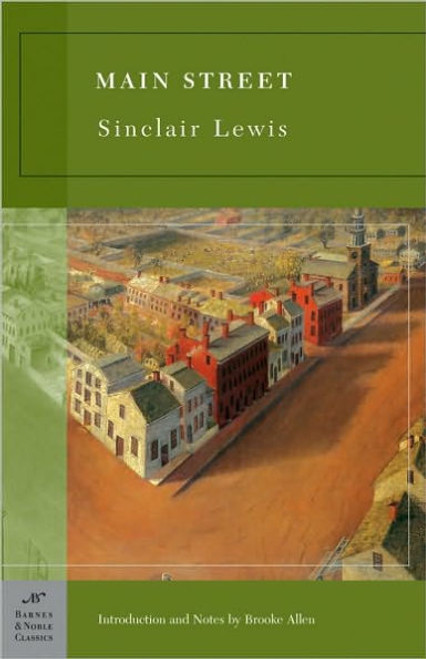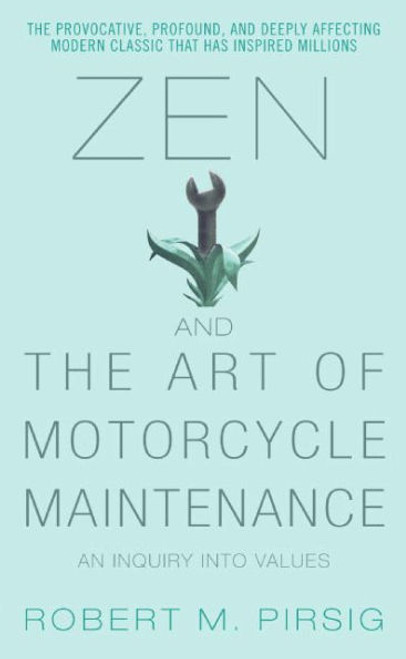A fiercely satiric portrait of small-town America, Sinclair Lewis's Main Street created a sensation when it first appeared in 1920. "If it was not the most important revelation of American life ever made," wrote Lewis's biographer Mark Shorer, "it was the most infamous libel upon it."
The story's heroine is Carol Kennicott, a naive college graduate who leaves St. Paul, Minnesota, to marry a country doctor from Gopher Prairie. When her attempts to bring beauty and culture to the middle-class town are resisted by its narrow-minded residents, her idealism is sorely tested. A brilliant blend of social criticism and a dramatic struggle for self-expression, Main Street plumbs the depths of America's cultural divide.
Introduction and Notes by Brooke Allen
About the Author
Born in 1885 in Minnesota, Sinclair Lewis worked as a newspaper journalist before becoming an acclaimed novelist. Known for their satirical take on modern affairs, his best-known books include Main Street, Arrowsmith, Babbitt, and Dodsworth. In 1930, he became the first U.S. writer to win the Nobel Prize in Literature. Lewis died in1951 in Italy.
Brooke Allen holds a Ph.D. in English literature from Columbia University. She is a book critic whose work has appeared in numerous publications including The Atlantic Monthly, The New Criterion, The New York Times Book Review, The Wall Street Journal, The Hudson Review, and The New Leader. She is also the author of a collection of essays, Twentieth Century Attitudes.







